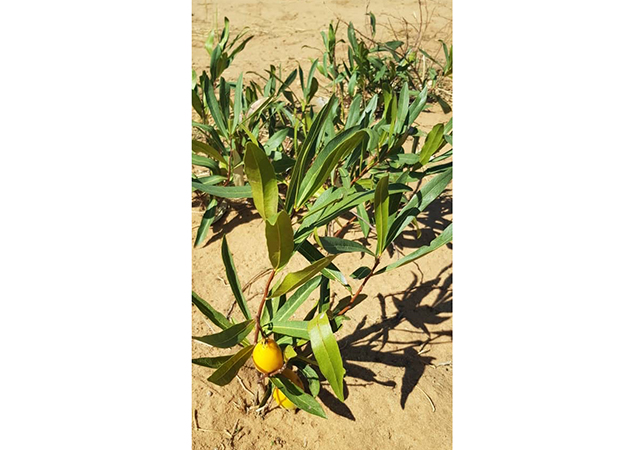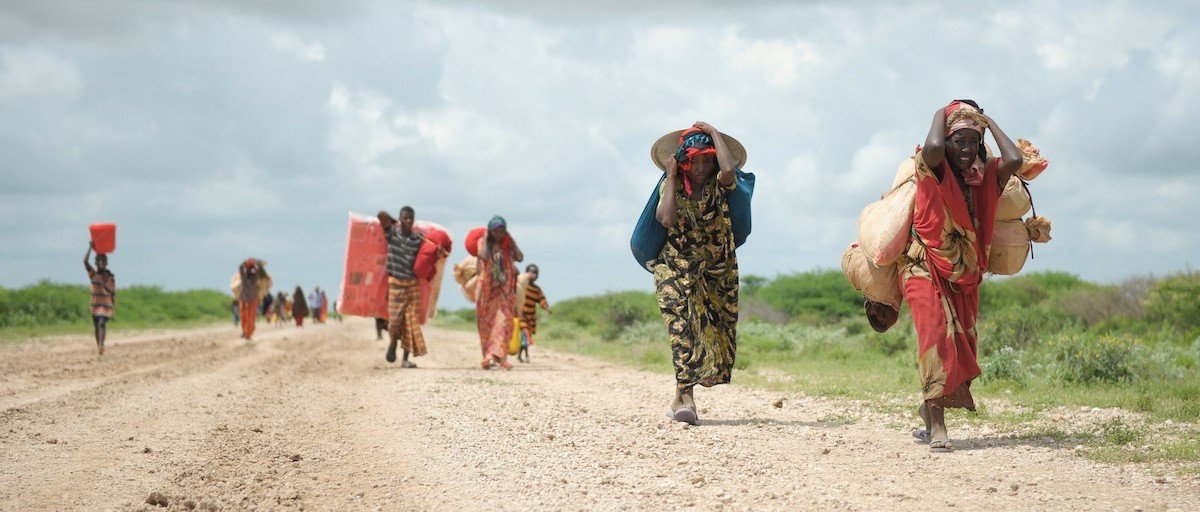GIFBLAAR, known by its scientific name, Dichapetalum cymosum, is a poisonous plant that usually grows in acidic soil in sandy, flat areas.
The poison leaf can cause serious livestock losses if precautionary measures are not taken.
The plant is one of the biggest causes of livestock losses because it flourishes when little else is available. It sprouts in late winter, around September, and is usually the only green plant at the time.
At the end of the rainy season gifblaar can also cause serious livestock losses as pastures deteriorate.
Cattle are the most commonly affected, but sheep and goats are also victims of this killer plant.
State veterinarian Dr Utaara Murangi says when livestock ingest gifblaar clinical signs appear around four to 24 hours after ingestion.
“When lethal amounts of the plant are consumed, the animal usually drops dead because of heart failure – especially after drinking water or exercise. Other common clinical signs that can be observed include difficulty breathing, anxiety, salivation, lack of coordination, muscle tremours and increased/irregular heart rate,” he said.
Murangi advises farmers to give their livestock activated charcoal or make a pulp of activated charcoal and water to give to the affected animal.
“You can also put some activated charcoal in water troughs so that all the animals can drink it to prevent further losses,” he says.
Murangi cautions farmers not to give an infected animal water for a day or two and also not to exercise the animal. Excessive handling of affected animals should also be avoided.
Activated charcoal can be obtained from retailers such as Kaap Agri, Agra, and Swavet.
“Make sure you give your cattle enough supplements during the dry season. Fence off part of a less infected area to make a camp you can use during late winter to the rainy season when most grazing deteriorates. Consult veterinary offices – whether private or state-owned offices,” he says.
Another option is the mechanical removal or spraying of the plant with a herbicide, but Murangi says this is labour and cost-intensive.
“Many remedies have been attempted by farmers with some claiming success. Unfortunately these remedies have not been researched and one should be cautious when attempting,” he says.
Murangi further says research on the plant and its effects is ongoing.
Stay informed with The Namibian – your source for credible journalism. Get in-depth reporting and opinions for
only N$85 a month. Invest in journalism, invest in democracy –
Subscribe Now!










